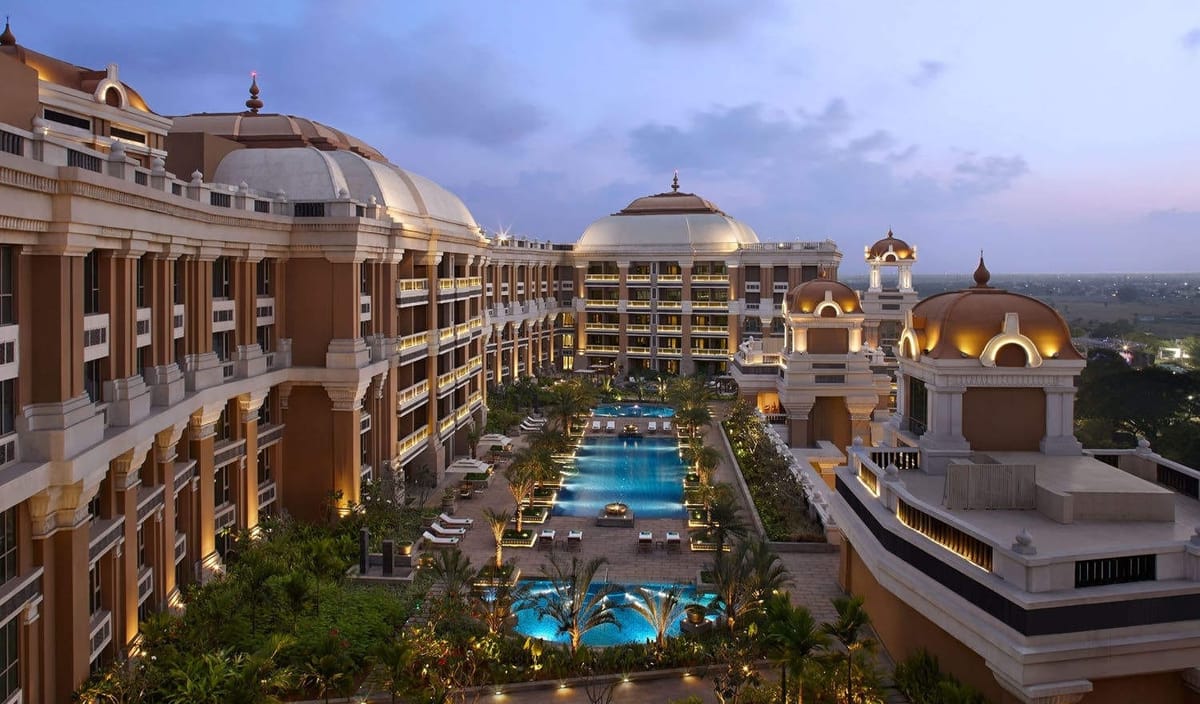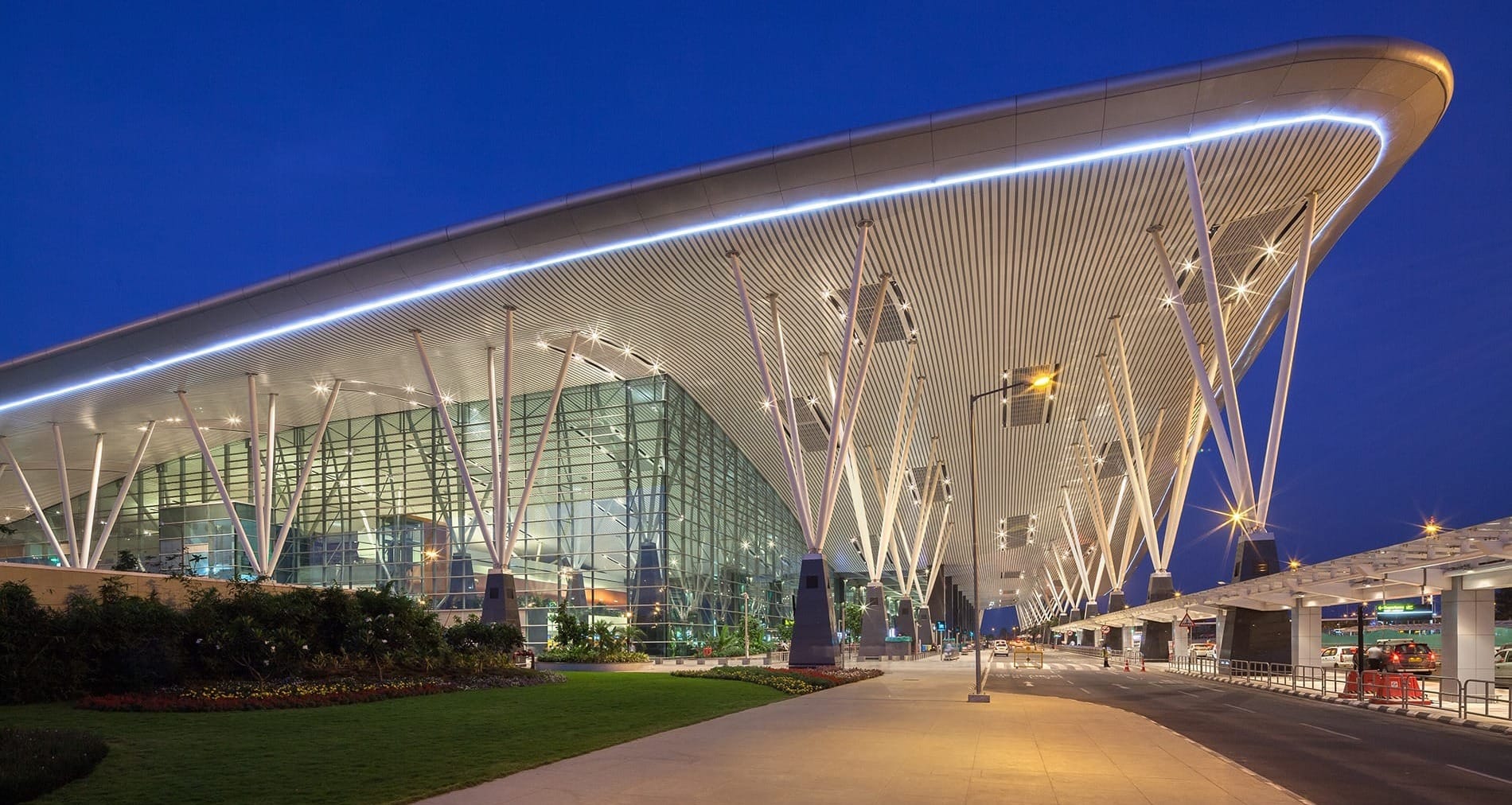Luxury’s next growth market, India, is still a mystery for brand executives

Having spent the last weeks in India, it is clear that India's growth story is driven by domestic consumption rather than being export-reliant. This is where comparisons with China and the expectations that India will fill in those gaps must be done with caution. India's growth story will be slow, steady and with a long-term view (unlike China which experienced a rapid, miraculous, short-term growth and development). Thus, it should come as no surprise when Morgan Stanley says that "China is ‘overinvested,’ but India’s the opposite."
India ranks 3rd in terms of the number of billionaires in the world. While this might be enough to attract luxury brands to India, there are more reasons to do so as well (i.e. younger demographics, rising middle-income segments, a diversified growth strategy, etc.)
India was once a highly price-sensitive market but now rapidly evolving into a value-driven market. Thus, brands need to find and clearly define what value they can provide to Indian consumers as the landscape is becoming highly competitive.
Leaders, executives and advisors to brands frequently ask my point of view on how brands need to address and capture the local clientele. Here is a quick summary of the main talking points:
- Don't underestimate the buying power of the Indian luxury clientele.
- Indian clientele pays 2x the price for a Lamborghini, Porsche, Ferrari, etc. in India vs anywhere else due to high import duties. Despite these hurdles, the market is still growing exponentially.
- Quality, value and service of the product are more important than "brand"
- It is ingrained within every Indian customer to assess every aspect of the product and evaluate the value beyond the "logo". I've experienced firsthand on multiple occasions where an HNWI has walked out of a European designer brand's store in favour of an Indian designer brand that was willing to personalise and cater to the needs of the customer. A recent behaviour that I've observed is the increased preference for brands that have local services (for the cases of product repairs, etc.) and faster turnaround times.
- Infrastructure development shouldn't hold back from doing business
- Just as many brands do so already in the Middle East, I recommend deploying a similar practice of taking the store to the homes of the clientele. In most cases, the homes (most likely to be palaces) would have a better infrastructure than one could imagine.
- Think beyond Delhi and Mumbai - Opportunities exist in Bengaluru, Hyderabad, Chennai and many more cities
- Historically, brands didn't operate only out of New York or L.A. (in the USA) and similarly in China (Shanghai & Beijing). Indian customers are just as diverse if not more in terms of their preferences and the country is huge.
- India is a sub-continent for a reason
- The disproportionate amount of diverse cultures, traditions, languages, religions and many more can be a lot to absorb. But, this is what makes India unique. Thus, it is important not to consider India as a single market but as a collection of regions and communities.
I had the opportunity to briefly live in Shanghai in 2012 and witnessed the rapid growth and expansion of luxury in China. I believe India is currently living through a similar moment and on an identical course but at its own pace and style. Be patient, learn the different cultures of India and understand where the client is coming from before offering a standard brand practice.

